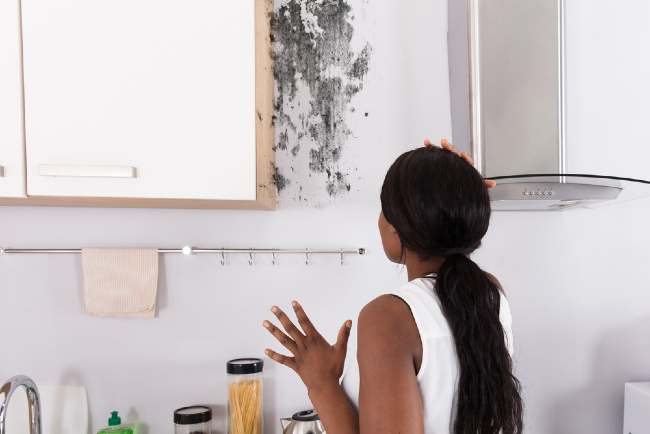Having mould and moisture thrive in any property is bad, but letting it grow in multifamily properties with so many occupants can be pretty dangerous because of the health problems they would incite. You may not even be aware that a tenant may have specific allergies, so better safe than sorry to mitigate the problem as early as possible.
Thinking ahead and instilling some precautionary measures is needed to maintain the condition of the home. Here are some steps you shouldn’t forget to take as preparation.
Set Up Protocols For Mold
Have mould and moisture protocols in place as you provide some initial training to your staff on what they should do in related situations. In any potential emergency, staff members must have the greatest sense of urgency and information to help them deal with the issue.
Any multifamily property owner should also take care of their workers and provide protection equipment if they spot any mould. They should also be able to stay calm no matter the situation as not to cause any panic among the families there.
Remember To Clean And Dry
It’s essential to keep the property tidy and spotless in general, but it’s also a plus that such maintenance will help prevent moisture. When water leaks or a puddle is forming on the floor, it’s important to clean that mess up and completely dry that area.
Unattended water drips can cause a lot of dampness in certain parts of a building, making that area much more susceptible to mould growth. It can be real unseemly in sight and smell, so have regularly scheduled maintenance days to clean the property.
Be Transparent With Residents
Besides communicating with your staff and cleaners, it’s also essential to engage residents in the discussion. Don’t sugarcoat things, and be transparent about potential mould and moisture in the property and how they can help prevent it from getting to their homes.
Set up guidelines regarding room temperature and water usage will help educate them about mould and moisture. Be sure to ask them to alert staff and to report any sightings of water leaking or coming out as well. Having a mould-free property is a community effort.
Hold Regular Inspections
Instead of sitting idly and waiting for any possible signs of mould and moisture to come, set up some inspections. This can help calm down any worries that you, staff or residents may have about the property.
Documentation and reports should be filed as part of the inspection, evidence that can be used in case of a sudden lawsuit or rejected insurance claim. The temperature and humidity in that multifamily property should also be assessed and kept as a record.
Find A Reputable Provider
It’s safer to find a trusted service provider that can attend to water and mould emergencies in advance so that you have them ready in your contacts to dial. If you don’t have their phone numbers, you may get into a shady agreement with someone you didn’t background check.
A reputable provider should provide you with credentials and references for their work in dealing with water damage and mould growth. For complete awareness, ask about their fees and full services beforehand.
Conclusion
Dealing with the possibility of having mould and moisture in a multifamily property can seem a little daunting, but all that’s needed is a calm mind and proper communication with the whole community working and residing there. Be sure to contact professionals if you spot patches of mould starting to grow.
Need some mold testing in Edmonton or Calgary? Nationwide Restorations helps residential properties, multifamily properties and commercial properties in getting back to an ideal condition after disaster and damage. Get in touch with us today!

